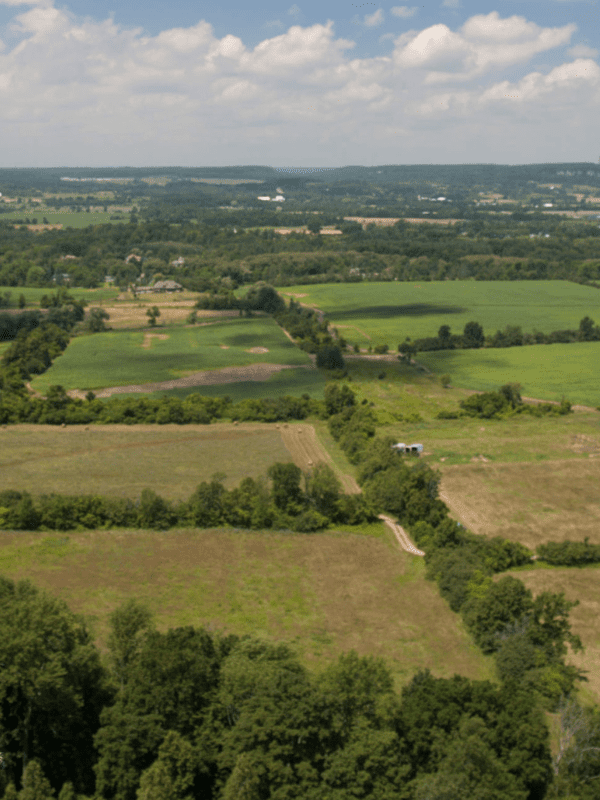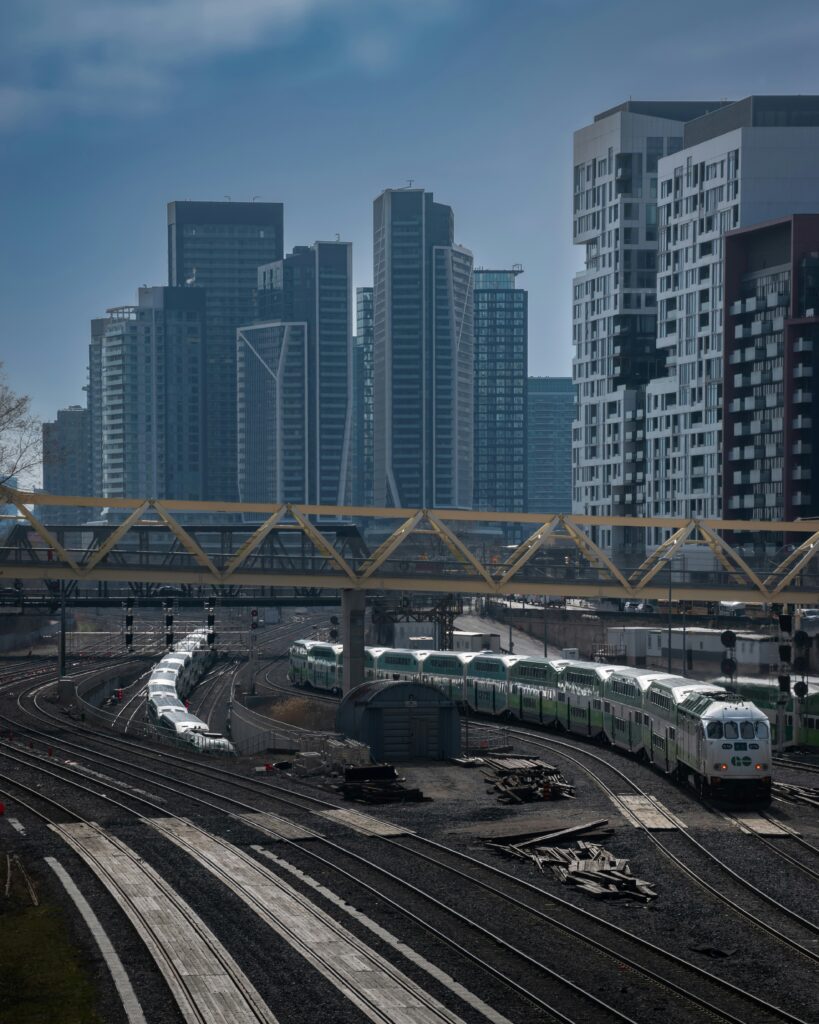Statement by Phil Pothen, Land Use and Land Development program manager
Toronto | Traditional territories of the Mississaugas of the Credit, the Anishinaabeg, the Haudenosaunee, and the Wendat – With Bill 17, the Ontario government is once again choosing to ignore the most important causes of our housing shortage while scapegoating municipal policies that can actually help to improve construction efficiency and lower housing costs.
The government has been warned for years that it cannot end the housing shortage – especially the shortage of family-sized homes – without producing them in different, more efficient formats and building locations. That means removing provincial restrictions that are blocking mid-rise, stick-frame apartment buildings on existing streets and infrastructure inside currently low-rise neighbourhoods. It also means halting inefficient development – like McMansion rebuilds and low-density sprawl – that has been squandering construction capacity.
Instead of fixing these problems, Bill 17 focuses on changes to process – like extending MZO powers to the infrastructure minister, while leaving in place or worsening the perverse incentives to build inefficiently.
Some of the measures proposed in Bill 17 – like deferring development charges – could help build smarter and faster if they were applied selectively to infill, mid-rise and multiplex housing. But the bill’s current language would apply these changes to sprawl and McMansion development as well.
Bill 17 also includes provisions that seem aimed at erasing municipal urban rules and green building standards, imposing generic road-design standards on urban and suburban streets and preventing urban design. Those changes could actually make it harder to speed up housing—reversing progress toward more efficient construction and land use and the modes of transportation that support them.
Background Information:
- While mid-rise infill development is the most efficient and cost effective way to build housing, Ontario’s existing laws undermine its natural advantages, so that very few mid-rise apartment buildings get built at all. More information about the barriers to mid-rise housing construction can be found at legalizemidrise.ca
- Our research shows that there is room in existing neighbourhoods and built-up areas for vast numbers of labour-efficient homes. Existing neighbourhoods in the GTHA alone would need to add housing for roughly 10 million net new residents just to achieve the environmentally sustainable densities they should be aiming for anyway.
ABOUT ENVIRONMENTAL DEFENCE (environmentaldefence.ca): Environmental Defence is a leading Canadian environmental advocacy organization that works with government, industry and individuals to defend clean water, a safe climate and healthy communities.
– 30 –
For more information or to request an interview, please contact:
Cecilia Stuart, Environmental Defence, media@environmentaldefence.ca







